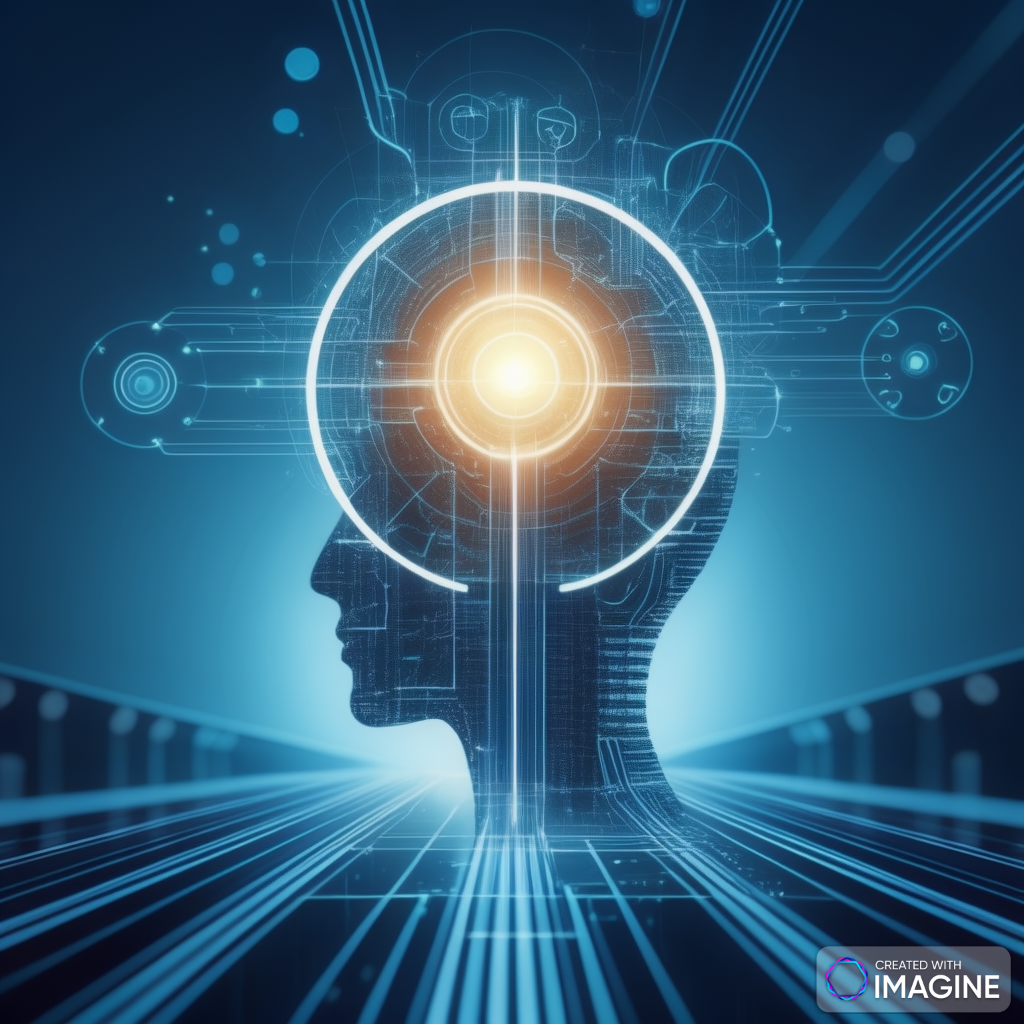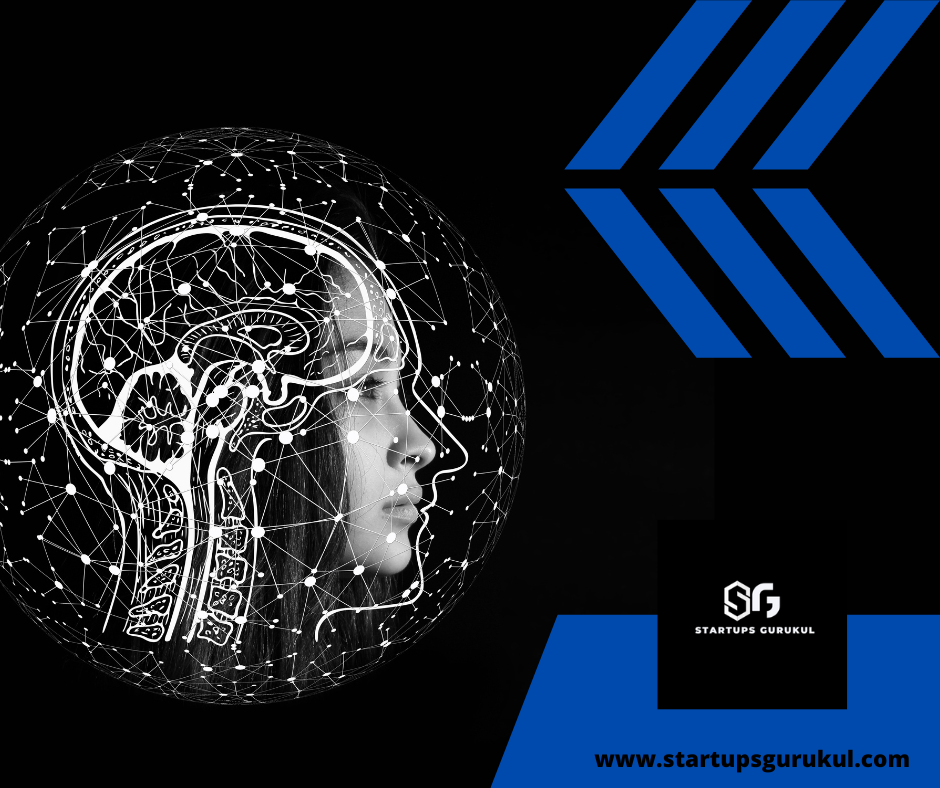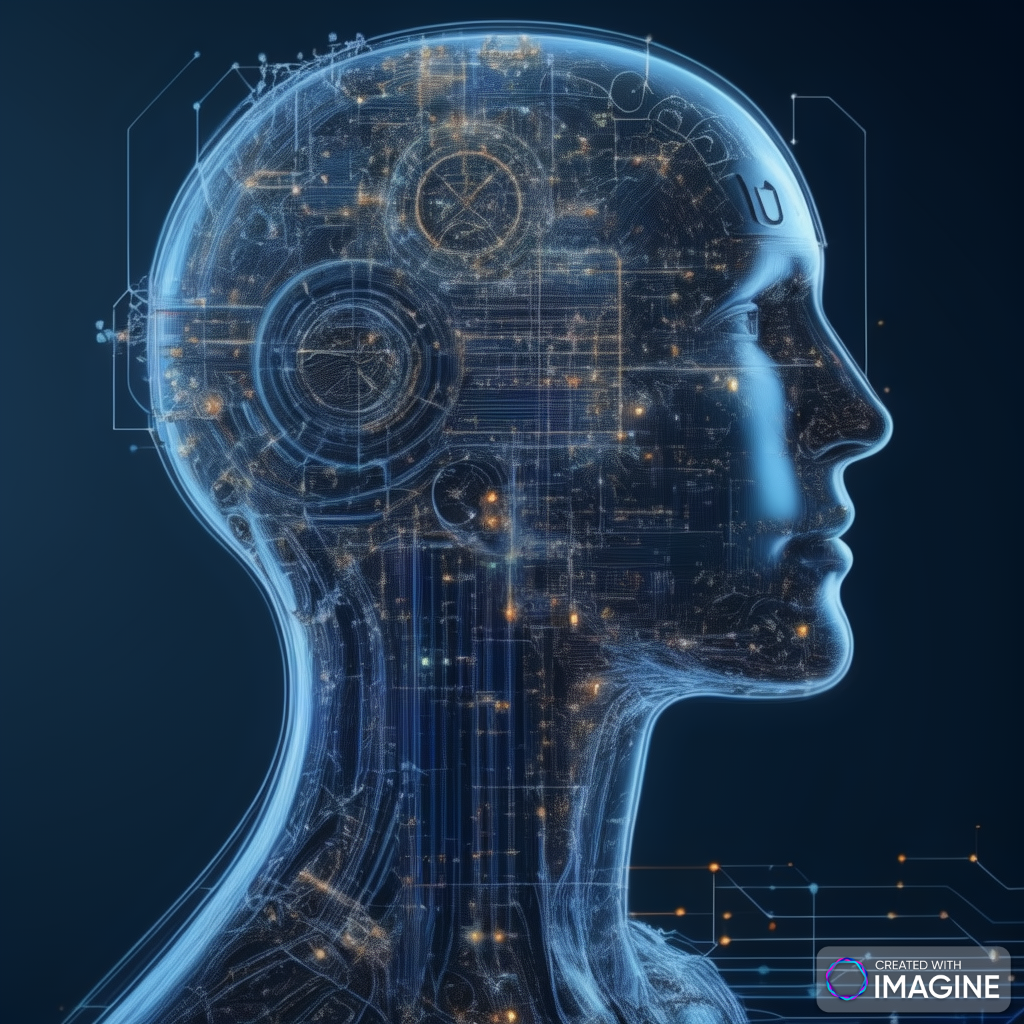Introduction: In the realm of artificial intelligence (AI), the quest to develop systems that emulate human intelligence has been a central focus since the inception of the field. One significant milestone in this journey was the creation of the General Problem Solver (GPS), a groundbreaking program designed to imitate human problem-solving protocols. Unlike its predecessor, the Logic Theorist, which focused on formal logic and theorem proving, GPS pioneered the “thinking humanly approach” by simulating the cognitive processes of human problem solving. In this blog post, we delve into the history, design principles, and impact of GPS, shedding light on its role in shaping the trajectory of AI research and the quest for human-like intelligence.
- The Genesis of AI:
- The birth of AI can be traced back to the mid-20th century, with pioneers such as Alan Turing, John McCarthy, and Herbert Simon laying the groundwork for the field. Early AI systems focused on tasks such as logical reasoning, theorem proving, and symbolic manipulation, aiming to replicate aspects of human intelligence using computational methods.
- The Logic Theorist:
- In 1956, Allen Newell and Herbert Simon developed the Logic Theorist, the first AI program capable of proving mathematical theorems. The Logic Theorist operated based on formal logical rules and symbolic manipulation, demonstrating the power of algorithmic problem solving but lacking the flexibility and adaptability of human reasoning.
- Enter the General Problem Solver:
- Building on the success of the Logic Theorist, Newell and Simon, along with J.C. Shaw, embarked on a new endeavor: creating a program that could emulate human problem-solving strategies more closely. The result was the General Problem Solver (GPS), introduced in 1957.
- Unlike its predecessor, GPS was designed to approach problems from a more heuristic, human-like perspective. It employed a problem-space search strategy, breaking down complex problems into smaller subproblems and using trial-and-error methods to explore possible solutions.
- Thinking Humanly Approach:
- GPS marked a paradigm shift in AI research by embodying the “thinking humanly approach,” emphasizing the simulation of human cognitive processes rather than strict adherence to formal logic.
- The program incorporated principles of analogy, means-ends analysis, and pattern recognition, mirroring the way humans approach problem-solving tasks in real-world scenarios.
- Design Principles of GPS:
- GPS utilized a production system architecture, consisting of a set of rules or productions that guided problem-solving behavior. These rules encoded domain-specific knowledge and heuristics, allowing GPS to tackle a wide range of problems.
- The program employed a goal-oriented approach, iteratively refining its problem-solving strategies based on feedback and experience. This iterative learning process was a key feature of GPS’s “thinking humanly” approach.
- Impact and Legacy:
- GPS laid the foundation for subsequent research in cognitive science, psychology, and AI, inspiring new approaches to modeling human cognition and problem-solving behavior.
- The program’s emphasis on heuristic search and problem-space exploration influenced the development of expert systems, cognitive architectures, and machine learning algorithms, shaping the landscape of AI research for decades to come.
- Challenges and Criticisms:
- While GPS represented a significant advancement in AI, it also faced challenges and limitations. The program struggled with combinatorial explosion, scalability issues, and domain-specificity constraints, hindering its applicability to real-world problems outside of narrow domains.
- Looking Ahead:
- Despite its limitations, GPS remains a landmark achievement in AI history, highlighting the importance of understanding and emulating human problem-solving strategies in the quest for human-like intelligence.
- Today, researchers continue to explore new approaches to AI that blend the strengths of symbolic reasoning, machine learning, and cognitive science, striving to develop systems that not only solve problems but also understand, reason, and learn in a manner reminiscent of human cognition.
- Heuristic Problem-Solving Strategies:
- GPS employed heuristic problem-solving strategies, which are practical approaches that prioritize efficiency over optimality. These strategies involve making educated guesses, using rules of thumb, and leveraging domain-specific knowledge to guide problem-solving processes.
- Unlike the Logic Theorist’s reliance on formal logic and exhaustive search, GPS utilized heuristics to navigate through problem spaces more efficiently, focusing on finding satisfactory solutions rather than proving theorems or reaching optimal outcomes.
- Trial-and-Error Learning:
- One of the hallmark features of GPS was its ability to learn from experience through trial-and-error methods. The program iteratively tested different problem-solving approaches, evaluating their effectiveness based on feedback from the environment.
- Through this process of trial-and-error learning, GPS was able to refine its problem-solving strategies over time, becoming more adept at tackling a wide range of problems in diverse domains.
- Interdisciplinary Collaboration:
- The development of GPS involved collaboration across multiple disciplines, including computer science, psychology, and cognitive science. Researchers drew insights from cognitive psychology to inform the design of the program, integrating principles of human cognition into its architecture.
- This interdisciplinary approach facilitated a richer understanding of human problem-solving processes and enabled GPS to emulate the cognitive strategies employed by humans more effectively.
- Real-World Applications:
- While GPS was primarily a research tool used to study human cognition and problem solving, it also found applications in practical domains such as education, engineering, and operations research.
- Educators used GPS as a teaching tool to demonstrate problem-solving methods and explore the underlying principles of human cognition. Engineers and operations researchers applied GPS techniques to optimize processes, solve complex problems, and design more efficient systems.
- Continued Influence and Inspiration:
- Despite the passage of time, the legacy of GPS continues to influence AI research and cognitive science. The program’s emphasis on human-like problem-solving strategies has inspired subsequent generations of researchers to develop more sophisticated AI systems that exhibit greater cognitive flexibility and adaptability.
- GPS serves as a touchstone for ongoing efforts to bridge the gap between artificial and human intelligence, reminding us of the rich tapestry of cognitive processes that underpin our ability to understand and interact with the world.
- Ethical and Social Implications:
- As AI technologies continue to advance, questions arise regarding the ethical and social implications of systems that emulate human cognition. Issues such as algorithmic bias, privacy concerns, and the impact on labor markets warrant careful consideration in the development and deployment of AI systems inspired by GPS.
- Ethical frameworks and guidelines are essential to ensure that AI technologies are used responsibly and ethically, safeguarding against potential harms and promoting the equitable and beneficial deployment of intelligent systems in society.
- Cognitive Architecture:
- The development of GPS contributed to the establishment of cognitive architectures, which are computational frameworks that aim to model human cognition and behavior. These architectures provide a structured approach to understanding how information is processed, represented, and transformed in the mind.
- GPS served as an early prototype for cognitive architectures, inspiring subsequent models such as Soar, ACT-R, and CLARION, which seek to capture the intricate interplay between perception, memory, reasoning, and action in human cognition.
- Exploration vs. Exploitation Trade-off:
- GPS confronted the exploration-exploitation trade-off inherent in problem solving, balancing the need to explore new problem-solving strategies with the desire to exploit known solutions. This trade-off is a fundamental aspect of adaptive behavior in both humans and artificial agents.
- By dynamically adjusting its exploration-exploitation strategy based on feedback and environmental cues, GPS demonstrated the importance of adaptive decision-making in navigating uncertain and complex problem spaces.
- Transfer Learning and Analogical Reasoning:
- GPS leveraged principles of transfer learning and analogical reasoning to apply knowledge and problem-solving strategies from one domain to another. Transfer learning involves transferring knowledge or skills learned in one context to solve problems in a different context, while analogical reasoning involves drawing parallels between similar problem instances.
- GPS’s ability to transfer problem-solving techniques across domains showcased the flexibility and adaptability of human-like problem-solving approaches, highlighting the importance of abstraction and generalization in cognitive processing.
- Flexibility and Adaptability:
- A notable aspect of GPS was its flexibility and adaptability in tackling a wide range of problem domains. Unlike rigid, domain-specific algorithms, GPS could apply its problem-solving strategies to diverse tasks and contexts, demonstrating a degree of cognitive versatility akin to human intelligence.
- This flexibility allowed GPS to navigate through complex problem spaces with varying degrees of uncertainty and ambiguity, adjusting its strategies dynamically based on the demands of the task at hand.
- Hierarchical Problem Decomposition:
- GPS employed hierarchical problem decomposition techniques to break down complex problems into manageable subproblems. By decomposing tasks into smaller, more manageable units, the program could focus its attention on specific aspects of the problem space, facilitating more efficient problem solving.
- This hierarchical approach mirrored human cognitive processes, which often involve breaking down complex tasks into smaller, more manageable components to facilitate problem solving and decision making.
- Integration of Cognitive Models:
- In developing GPS, researchers integrated insights from cognitive psychology and cognitive modeling to inform the design of the program. By incorporating cognitive models of human problem solving, such as Newell and Simon’s “chunking” theory, GPS sought to emulate the underlying cognitive processes involved in human problem solving.
- This integration of cognitive models enabled GPS to simulate the cognitive strategies employed by humans, providing valuable insights into the nature of human cognition and intelligence.
- Iterative Problem-Solving Loop:
- GPS operated within an iterative problem-solving loop, continuously cycling through phases of problem identification, solution generation, execution, and evaluation. This iterative process allowed the program to refine its problem-solving strategies over time, learning from both successes and failures.
- The iterative nature of GPS’s problem-solving loop enabled it to adapt to changing problem conditions, refine its heuristic search strategies, and incrementally improve its performance on a wide range of problem domains.
- Evolutionary Progression:
- The development of GPS marked a significant evolutionary progression in the field of AI, moving beyond the narrow confines of formal logic and symbolic manipulation to embrace a more holistic, human-centered approach to problem solving.
- This evolutionary progression laid the groundwork for subsequent generations of AI systems that draw inspiration from the principles and methodologies pioneered by GPS, leading to the development of more sophisticated, human-like intelligent systems.
- Continued Innovation and Research:
- The legacy of GPS lives on in ongoing research and innovation in the field of AI and cognitive science. Researchers continue to explore new avenues for enhancing the capabilities of intelligent systems, drawing inspiration from the principles of human cognition embodied by GPS.
- As AI technologies continue to advance, the spirit of innovation and exploration that fueled the development of GPS remains alive, driving forward the quest to understand and replicate the complexities of human intelligence in machines.
Conclusion: The General Problem Solver stands as a testament to the pioneering spirit of AI research, pushing the boundaries of what was thought possible in the quest to understand and emulate human intelligence. By embodying the “thinking humanly approach,” GPS paved the way for a new era of AI research, inspiring generations of scientists and engineers to unravel the mysteries of the mind and create intelligent systems that bridge the gap between humans and machines.







